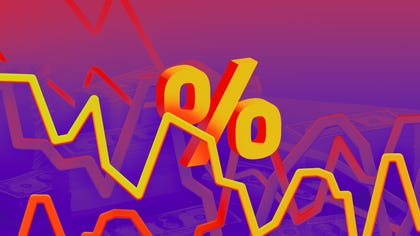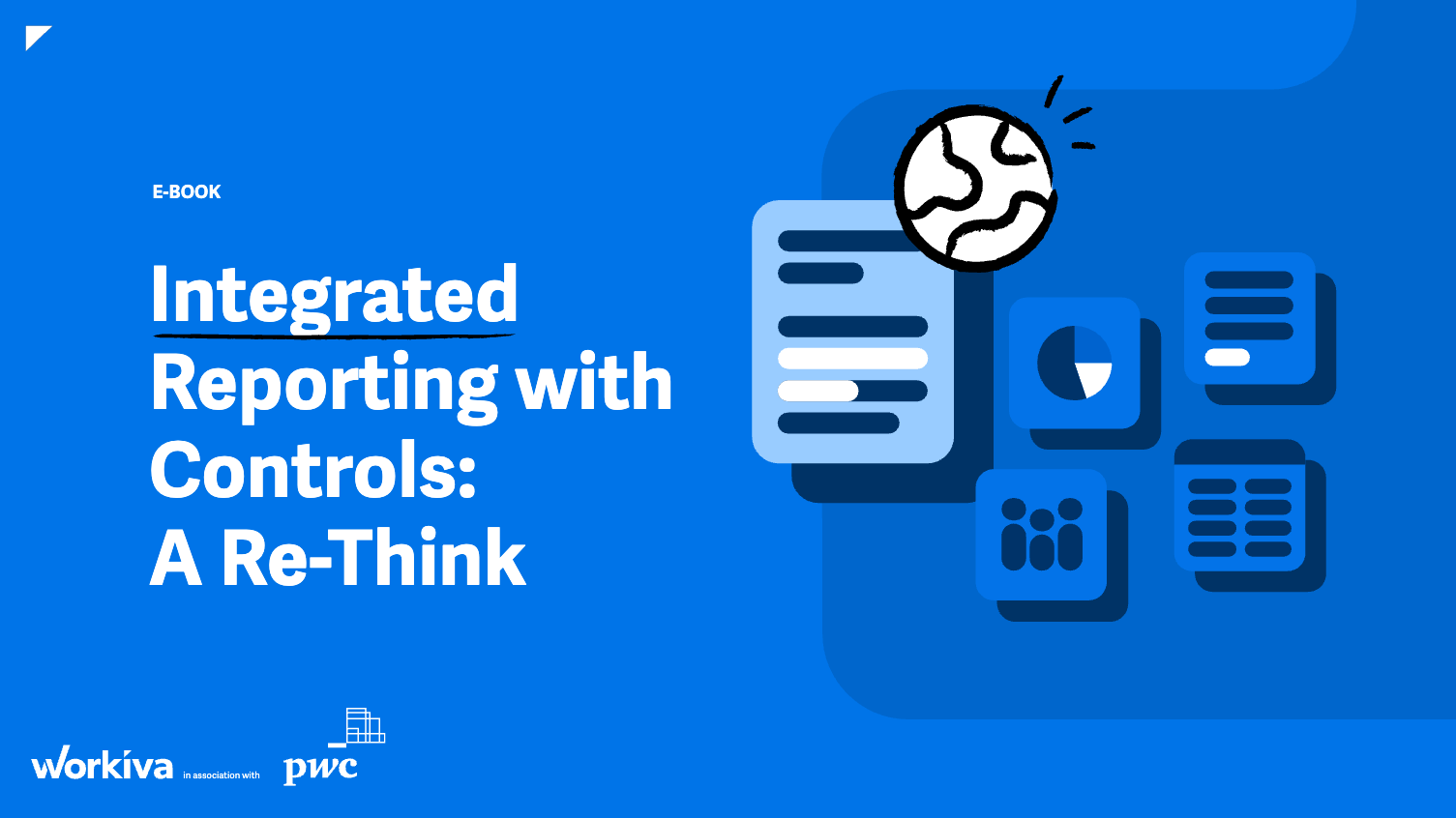As financial dynamics continue to evolve, the Federal Reserve’s upcoming decision regarding interest rates is under intense scrutiny. The Fed’s monetary policies significantly influence borrowing costs, savings yields, and overall financial conditions, impacting every consumer in the United States.
Understanding Interest Rates and the Fed’s Role
The Federal Reserve, the US central bank, meets eight times annually to evaluate economic health and set monetary policy, influencing the federal funds rate. This rate is a critical benchmark that banks use for overnight lending or borrowing. Typically, when inflation rises or the economy overheats, the Fed raises rates to discourage borrowing and manage money supply. Conversely, in a weak economy with high unemployment, the Fed lowers rates to stimulate growth by making loans more affordable.
Impact on US Households
US households are feeling the pinch of current economic conditions. Even though the Fed cut interest rates three times last year, borrowing costs remain high, affecting loans, credit card debts, and mortgages. With increasing fears of a recession and inflation pressures from tariffs, consumers are curbing spending.
Interest Rate Decisions and Economic Indicators
Financial experts and market analysts focus on job market conditions and inflation when predicting Fed actions. The Fed’s dual mandate is to ensure price stability and maximum employment. Thus, their decision on interest rates hinges on which aspect—employment or inflation—deviates most from targets. While some economists anticipate a rate cut this summer, others believe the Fed will remain cautious until late this year.
Risks of a Recession
Economic indicators like GDP weakening, declining consumer confidence, and increased layoffs signal a potential downturn. Tariffs further complicate the situation by raising domestic goods costs, creating inflationary pressures, and potentially stifling growth. If the Fed delays action, it risks exacerbating the downturn. However, premature rate cuts could lead to stagflation, a scenario of persistent inflation and stagnant growth.
Effects on Financial Products
The Fed’s decisions have a domino effect on financial products:
Credit Card APRs: Holding the federal funds rate steady means that credit card issuers might keep annual percentage rates unchanged. Despite some reductions post-rate cuts last year, APRs remain high. Consumers should aim to pay off balances in full to avoid accruing high-interest debt.
Mortgage Rates: Though the Fed’s decisions influence borrowing costs, mortgage rates are also impacted by economic data affecting bond markets and Treasury yields. A significant economic downturn and prolonged rate cuts would be necessary for substantial mortgage rate declines.
Savings Rates: Savings rates, closely tied to the federal funds rate, might decrease following further rate cuts. However, high-yield savings accounts and certificates of deposit might not see significant rate drops immediately, giving savers a chance to maximize earnings.
Looking Ahead
The Fed’s decisions are pivotal in shaping the economic landscape, affecting everything from credit card debt to mortgage payments. While experts predict potential rate cuts in 2025, the timing and pace will depend on ongoing economic developments, including job market dynamics and inflation pressures. As the financial world watches and waits, consumers should remain informed and prepared for any changes that might impact their financial well-being.
Note: This article is inspired by content from https://www.cnet.com/personal-finance/banking/the-next-interest-rate-decision-could-affect-your-finances-more-than-you-think/. It has been rephrased for originality. Images are credited to the original source.







